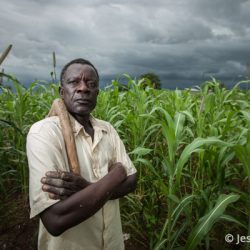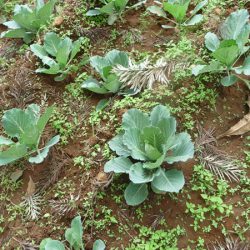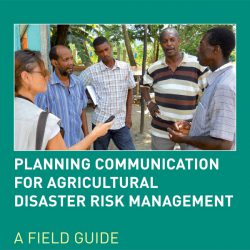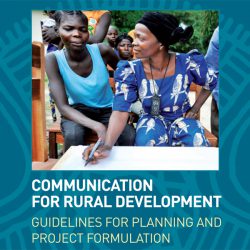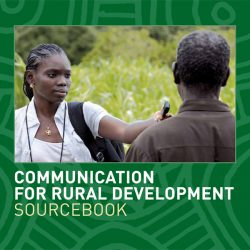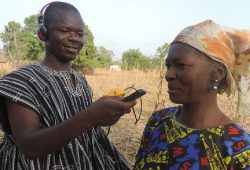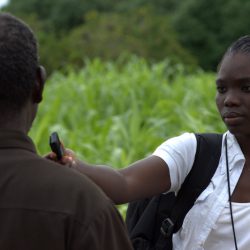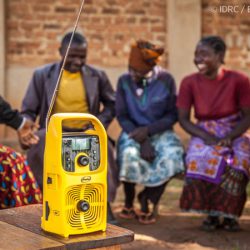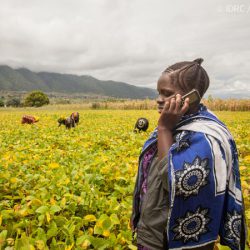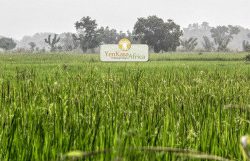CCAFS Working Paper: Delivering climate services for farmers and pastoralists through interactive radio
CCAFS-led activities in the GFCS Adaptation Program in Africa include: training agricultural extension staff and other intermediaries to communicate climate services with farming communities; implement research-based assessment of needs, and monitoring and evaluation of improvements in the access and use of climate services by rural communities (farmers, pastoralists), and design scalable mechanisms to communicate climate information through interactive radio and ICT platforms. This working paper presents a summary of findings

